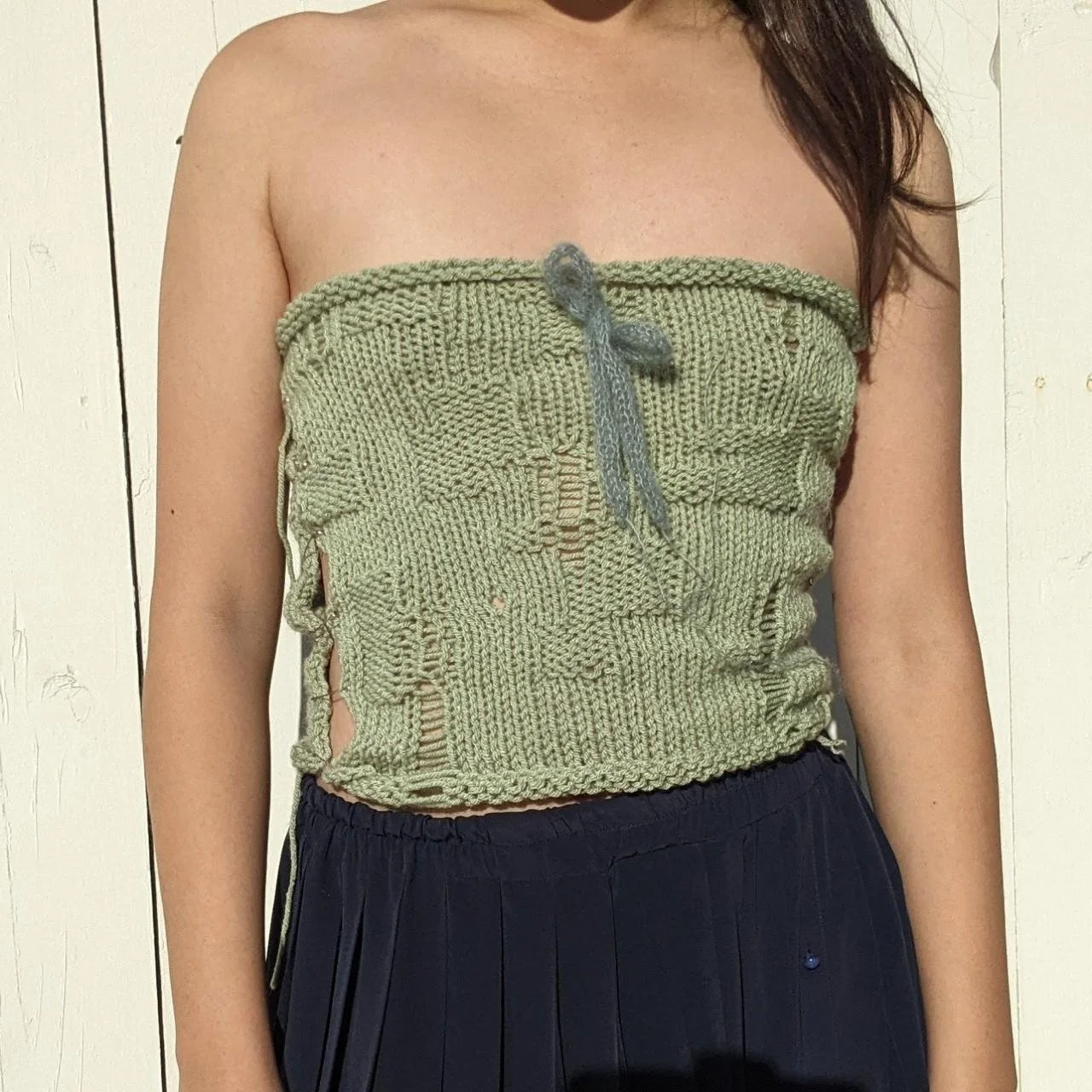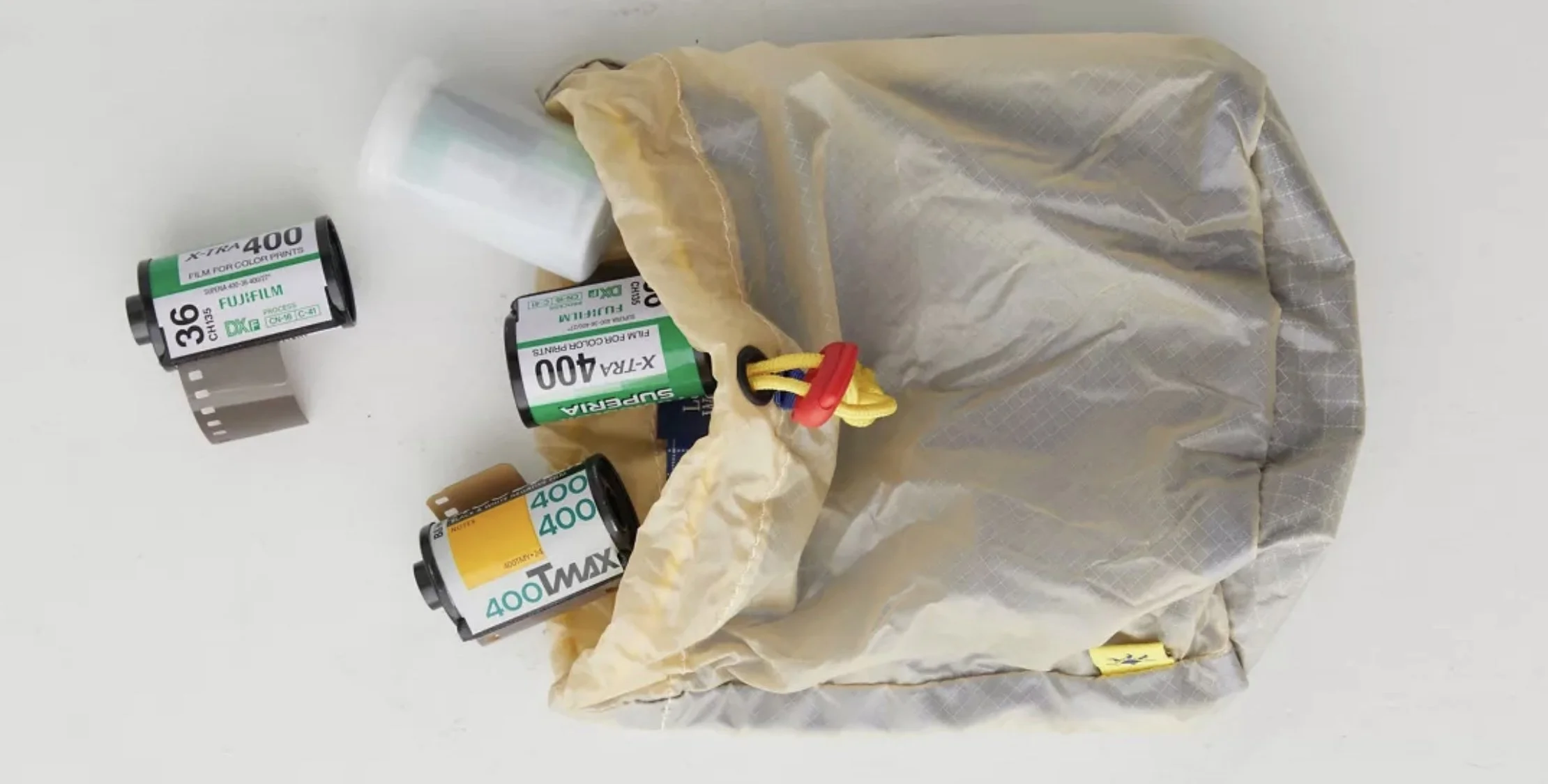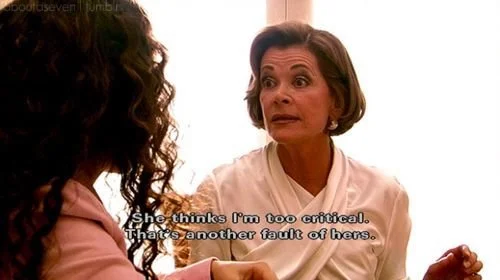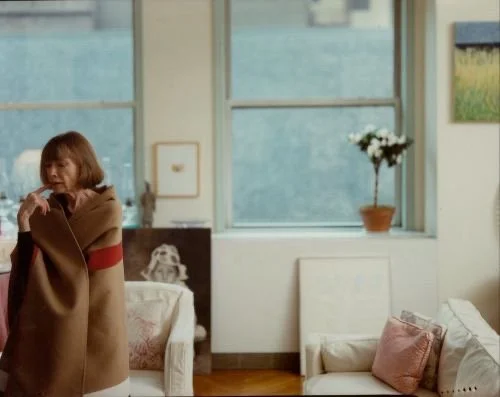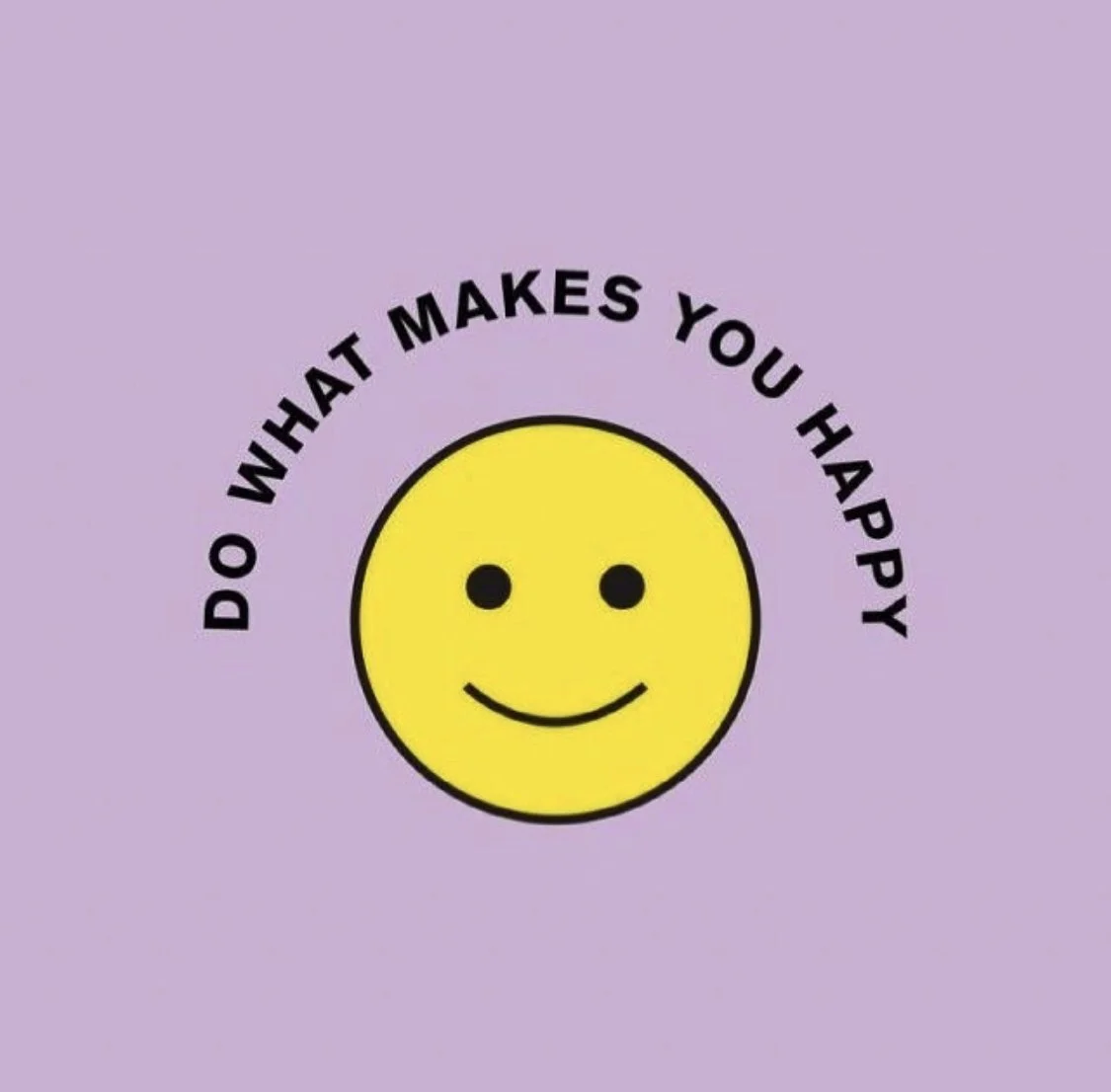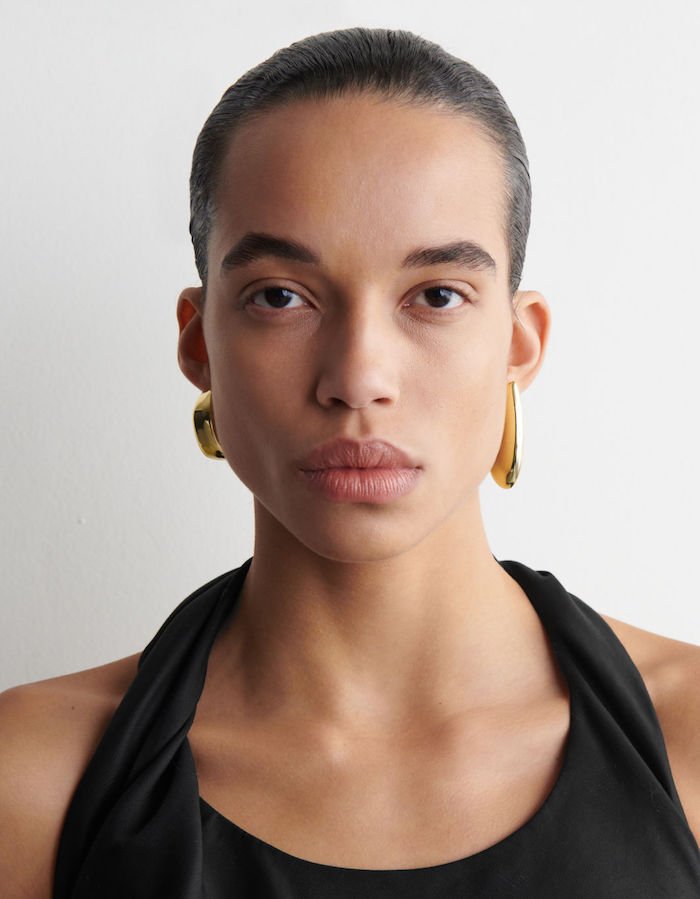Self-Doubt When Self-Employed
Photo credit: @vrestofos
by Elena Chen
I’ve been grappling with this idea: perhaps being interesting isn’t really what makes someone successful. Since running my own small business through social media, my idea of meritocracy has really come under fire. For many months in the beginning, I was constantly struggling with the gnawing self-doubt and self-deprecation that often comes with comparison with others doing what it is I would like to be doing, but “better”. Someone else always had more followers, more posts, more likes, more comments, more of everything. When I sat down to really think about what made them more successful than I was, I was left to wonder: I think they must be just better than I am. What was it, their aesthetics? Their ideas? Their ability to connect with their customer base? What was the lesson I was supposed to implement for my own growth? I still don’t really have all the answers. What was becoming obvious, however, is that growth is unpredictable and unstable.
As always, this isn’t a question that leads to a clear-cut, binarized answer. There is no right or wrong path to success. The definitions in this question alone arrive at subjective answers. What does success mean? Why does each individual share on social media? What is everyone using it for? At first, I started off wanting to share my crochet and knit projects, without much expectation it would go anywhere. Then, as I inevitably got reeled by the “Likes” and “Followers”, I was hooked onto growth and the thought that my numbers should increase daily took root. It’s shocking how powerful the psychological pull of growth can be. It seemed to occupy my every motivation during that period of time without my conscious awareness of it. It was anxiety-inducing and I was overwhelmed by this “need” to produce “better” pieces.
As I made attempts to unravel what it would mean to create “better” work, it dawned on me that “better” simply meant more likes. The pieces I made that got less interaction were, in my mind, deemed less interesting or creative or some other term that would misdirect me from the fact that I was subconsciously valuing my work through the approval of strangers on the internet. It made fiber arts something very conflicting for me, and I simultaneously felt such momentum to keep creating but also found reasons to disapprove everything I tried to make. I wanted to make things that would “blow up” and if it didn’t fit into what was trendy or seemed like it could become trendy I would almost immediately veto the idea. I was slowly censoring my own creativity. This process was only exacerbated by the pressures to consistently post on social media in order to avoid disfavor with the algorithm. I reached burn-out quickly and really thought about how something I was so passionate about became something I procrastinated.
Someone else always had more followers, more posts, more likes, more comments, more of everything. When I sat down to really think about what made them more successful than I was, I was left to wonder: I think they must be just better than I am.
Surprisingly, my likes on Instagram hardly reflected the sales. Whilst my account on Instagram was at 200 followers, I was already selling pieces on Depop. I have always had more followers on Depop than on Instagram. The feedback on Depop seemed to be telling me something quite different than on Instagram. Whilst Instagram is a lot more geared towards community outreach, Depop is about fashion. It’s tailored to selling second-hand clothing but also has a unique space for handmade and home decor products. I also find that Depop has a very alternative and open-minded user base who deeply value the originality of pieces. My small success on Depop is very specific to that platform. On Etsy, Marketplace, Vinted or Mercari, I haven’t really found the same response. Although I have put in more time and effort into curating my Depop page, I think the angle that many users on Depop have when approaching handmade, 1 of 1 pieces is what allows my small business to actually be a business. Without this purchasing perspective, I would just be a small fiber arts account trying to make it out there.
I am also trying my hand at Youtube. My small corner on Youtube had an initial boom when my “Crochet with Me” videos got some views but that did not transfer to other content types such as vlogs and fashion.
Here are some of the insights I’ve gathered since starting to use social media as a way of building my brand.
VIRALITY IS LINKED WITH A NICHE.
I think my somewhat incoherent aesthetic on Instagram does account for my smaller audience. Some might see my fiber art style as all over the place. I like colorful and distressed looks. I sometimes feature classic designs interspersed with edgier pieces. Similarly with Youtube, what got me noticed was my crochet content, specifically my process videos. Once I pivoted to other types of content, there seemed to be a drop in interest. Despite this, I think the second point is more important than the first.
Persistence over consistency.
Although having a niche may give you a leg up towards the algorithm, some platforms do value originality. Whilst uploading reels every two or three days might be what it takes to “make it” on Instagram, some bigger accounts only post once a month or once every two months. Even if having a very clear-cut brand might be what it takes to get retained in the very short attention span of most social media users these days, I have found my own kind of success with my hodge-podge style, aesthetic, content and upload schedule over Instagram and Youtube.
Destined Doubt and Discouragement.
If I went into this all knowing how many businesses fail, how many people who try to sell fiber work never actually make a sale, or how much those who making a living off of their small business have had to start again from scratch, I would have been much better prepared for the doubt and discouragement I am often plagued by. When confronted with so many people making content and sales who seem to do things so differently (more coherence, more posts, more marketing, more trendy designs, etc.), it’s easy to think that you’re the problem. However, almost everyone doing something creative has been told that they’re not going to make it. Whenever anyone tries to do something out of the ordinary, original, or new, they are going to come across disapproval. This does not mean that those new things should not be tried.
Failure matters very little in the pursuit of creative freedom and expression. I was extremely precious about all my yarns and tools when I first started crocheting, afraid to waste any yardage and I would painstakingly undo a knot in the yarn if it meant getting that extra ⅛”. I am still very careful with my yarn, but I know that all the experimentation and swatches, the little knots that give so much texture, the small stitches that accidentally slipped but made an interesting pattern, are what make this medium so exciting for me. I have been demanding too much from this craft and myself. What really matters is putting the work out there and continuing to see what happens. Continue creating and engaging and having fun. The idea of success is honestly irrelevant. Maybe one day I’d like to run my small business full time. That would not make me a better creator. I am glad this is the lesson I’ve learned.




